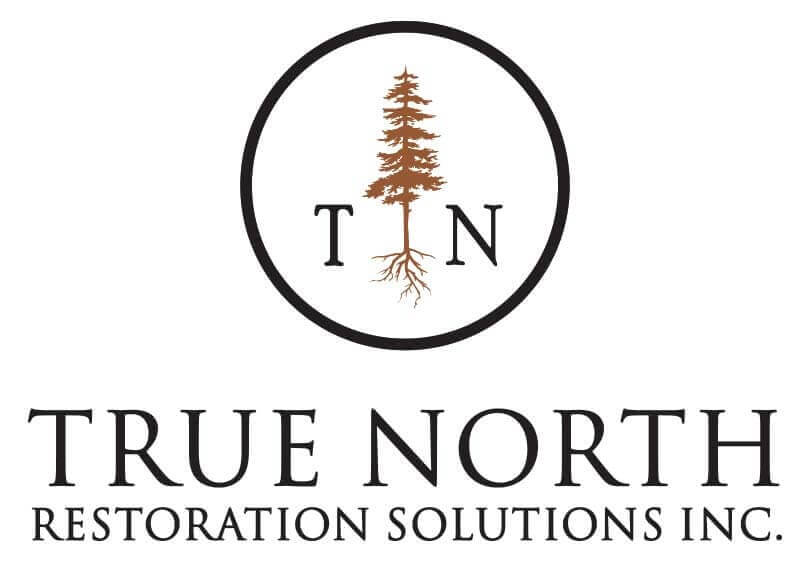Eco-Friendly Log Cabin: Sustainable Upgrades
Log cabins have an enduring charm, but their appeal goes beyond aesthetics. They can also be a sustainable and eco-friendly housing choice, especially when you implement various upgrades and design choices that minimize your environmental footprint. In this blog, we’ll explore a range of sustainable upgrades and practices to transform your log cabin into an eco-friendly haven.
Energy-Efficient Insulation
Insulation is key to reducing energy consumption in your log cabin. Proper insulation not only keeps your home comfortable year-round but also decreases the need for constant heating or cooling. Consider these options:
Natural Insulation Materials
Opt for natural insulation materials like wool, cotton, or cork. These materials are renewable, biodegradable, and have a lower environmental impact compared to synthetic alternatives.
Double-Glazed Windows
Upgrade to double-glazed windows to improve insulation. They help maintain a consistent indoor temperature, reducing the need for excessive heating or cooling.
Roof Insulation
Insulate your cabin’s roof to prevent heat loss during the winter and heat gain in the summer. Sustainable options include cellulose insulation made from recycled paper.
Solar Power
Harnessing the power of the sun is an excellent way to make your log cabin more eco-friendly. Solar energy can provide electricity and hot water, reducing your reliance on conventional power sources.
Solar Panels
Install solar panels on your cabin’s roof to generate electricity. This renewable energy source can power your lights, appliances, and heating systems while reducing your utility bills.
Solar Water Heater
Consider a solar water heater to provide hot water for your cabin. Solar thermal systems use energy from the sun to heat water, saving energy and money.
Rainwater Harvesting
Collecting rainwater is a sustainable practice that can reduce your cabin’s water usage and reliance on municipal water supplies.
Rain Barrels
Install rain barrels to collect rainwater from your cabin’s roof. This harvested water can be used for gardening, flushing toilets, and other non-potable purposes.
Greywater Recycling
Implement a greywater recycling system to reuse water from sinks, showers, and laundry for irrigation. Properly treated greywater can nourish your garden while conserving freshwater resources.
Sustainable Building Materials
When making upgrades or renovations, choose sustainable building materials that have a lower environmental impact.
Reclaimed Wood
Opt for reclaimed or salvaged wood for flooring, furniture, and other cabin elements. Using wood from old barns or warehouses reduces the demand for new timber.
Low-VOC Paints
Select low-VOC (volatile organic compound) paints for your cabin’s interior. These paints release fewer harmful chemicals into the air, improving indoor air quality.
Recycled Materials
Incorporate recycled materials into your cabin’s design. For example, recycled glass countertops or tiles can add a unique and eco-friendly touch to your kitchen or bathroom.
Energy-Efficient Appliances
Upgrading to energy-efficient appliances can significantly reduce your cabin’s energy consumption and utility bills.
ENERGY STAR Appliances
Look for ENERGY STAR products, indicating they meet stringent energy efficiency standards. This includes refrigerators, dishwashers, and HVAC systems.
LED Lighting
Replace incandescent bulbs with energy-efficient LED lighting. LEDs use less energy and last longer, reducing the frequency of bulb replacements.
Composting Toilets
Traditional septic systems can have a significant environmental impact. Consider installing a composting toilet instead.
How Composting Toilets Work
Composting toilets break down waste into nutrient-rich compost through natural processes. They use little to no water and produce a valuable soil conditioner.
Sustainable Landscaping
Extend your eco-friendly practices to your cabin’s surroundings by implementing sustainable landscaping.
Native Plants
Choose native plants for your garden, as they require less water and maintenance. They also support local wildlife and biodiversity.
Drought-Tolerant Landscaping
Design your landscape with drought-tolerant plants and efficient irrigation systems to conserve water.
Rain Gardens and Permeable Surfaces
Most rain gardens and permeable surfaces help manage rainwater runoff, prevent erosion, and recharge groundwater.
Rain Gardens
Create a rain garden to capture and filter rainwater, reducing erosion and pollution in nearby bodies of water.
Permeable Pavements
Use permeable pavers or surfaces in driveways and walkways to allow rainwater to infiltrate the ground, reducing runoff.
Sustainable Waste Management
Implement eco-friendly waste management practices to reduce the environmental impact of your log cabin.
Recycling and Composting
Set up recycling and composting systems to divert waste from landfills. This reduces methane emissions and conserves resources.
Minimal Packaging
When shopping for cabin supplies, choose products with minimal packaging or opt for bulk options to reduce waste.
Education and Advocacy
Finally, educate yourself and others about sustainable living practices and advocate for environmental conservation.
Sustainability Workshops
Attend sustainability workshops or online courses to learn more about eco-friendly practices.
Community Engagement
Engage with your local community to promote sustainability and share knowledge with others.
Conclusion: Embracing Sustainable Living
Transforming your log cabin into an eco-friendly haven is not just about reducing your environmental footprint; it’s also about embracing a more sustainable and mindful way of living. By incorporating these sustainable upgrades and practices, you can enjoy the beauty of nature while contributing to its preservation for generations to come.
